Tian Hong Loh
Recent Activities of a European Union Joint Research Project on Metrology for Emerging Wireless Standards
Apr 24, 2024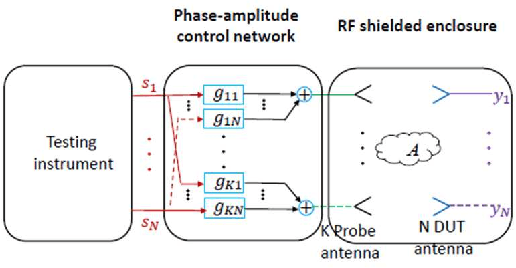
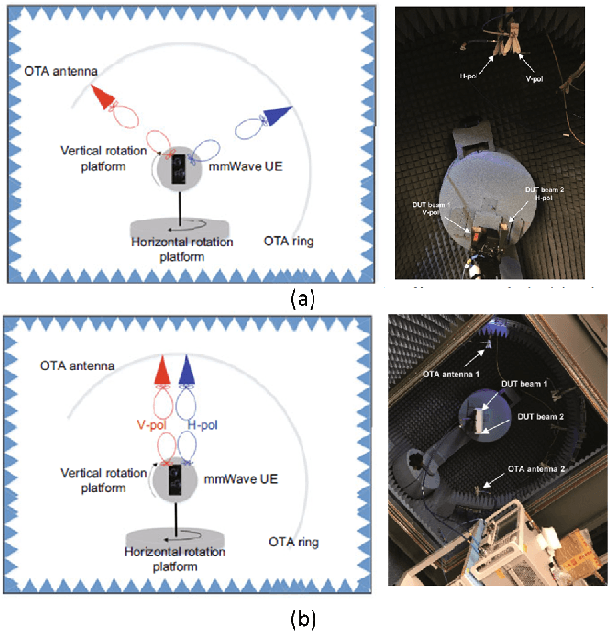
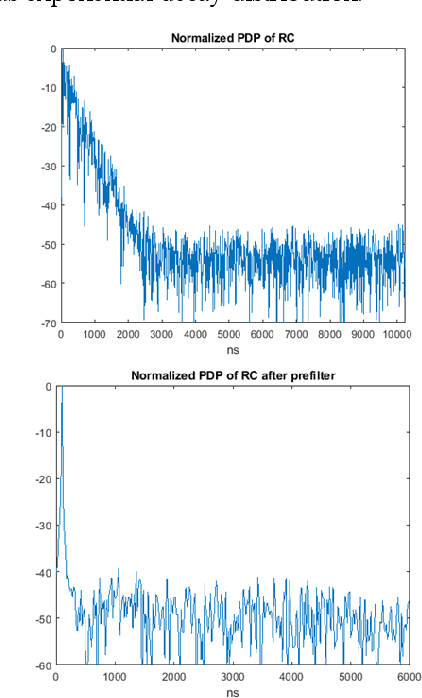
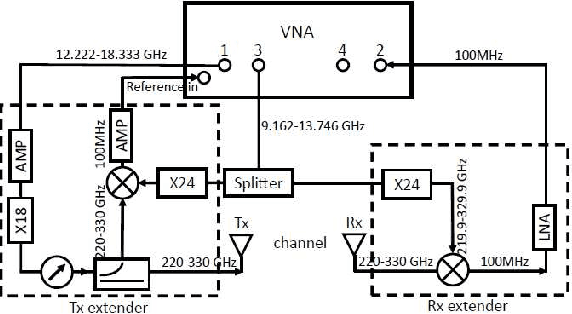
Abstract:Emerging wireless technologies with Gbps connectivity, such as the 5th generation (5G) and 6th generation (6G) of mobile networks, require improved and substantiating documentation for the wireless standards concerning the radio signals, systems, transmission environments used, and the radio frequency exposures created. Current challenges faced by the telecommunications sector include the lack of accurate, fast, low-cost, and traceable methods for manufacturers to demonstrate 5G and 6G product verifications matching customer specifications. This paper gives an update on the recent research and development activities from an EU Joint Research Project entitled metrology for emerging wireless standards (MEWS) in support of the above.
An Alternative Method to Identify the Susceptibility Threshold Level of Device under Test in a Reverberation Chamber
Apr 23, 2024



Abstract:By counting the number of pass/fail occurrences of a DUT (Device under Test) in the stirring process in a reverberation chamber (RC), the threshold electric field (E-field) level can be well estimated without tuning the input power and repeating the whole testing many times. The Monte-Carlo method is used to verify the results. Estimated values and uncertainties are given for Rayleigh distributed fields and for Rice distributed fields with different K-factors.
A Realisation of Channel Emulation in a Reverberation Chamber method for Over-the-Air Compliance Testing in Support of 3GPP Standardisation
Apr 23, 2024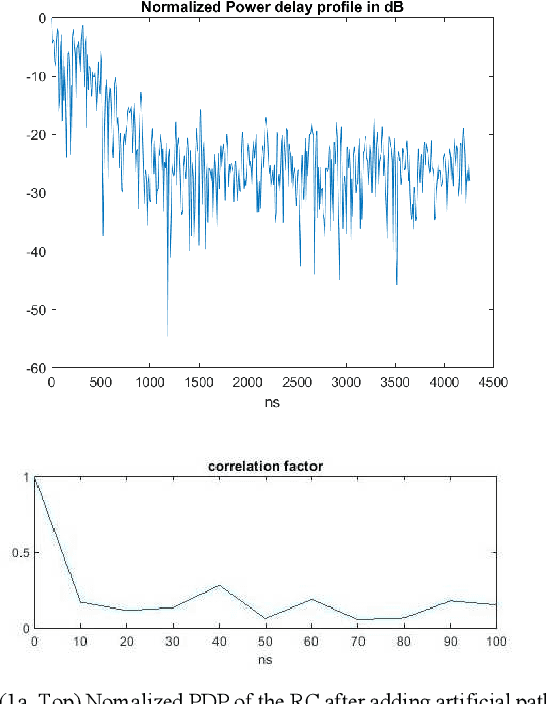
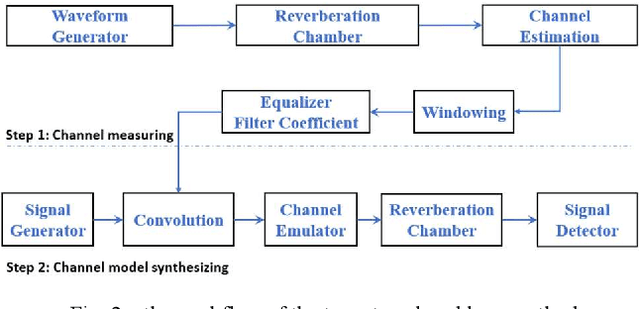
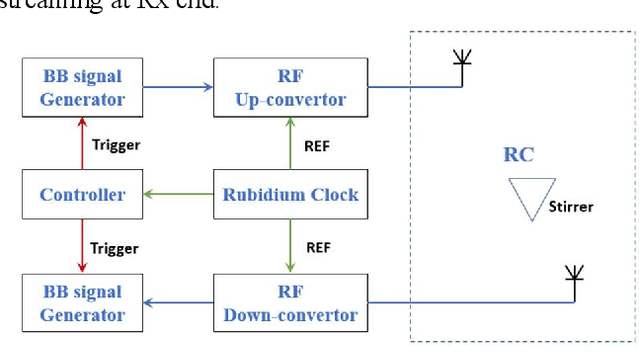
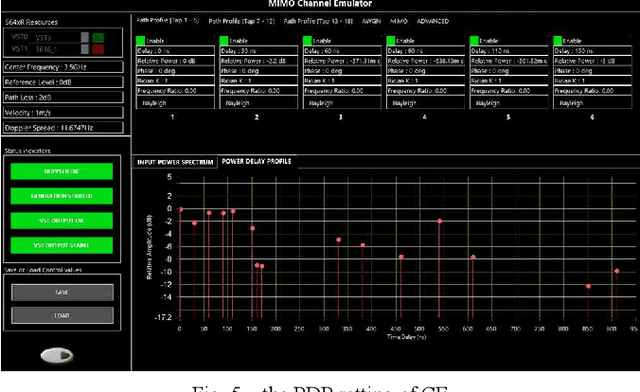
Abstract:The inherent long decay power delay profile (PDP) in the reverberation chamber (RC) is a major challenge for accurate channel emulation of 3GPP channel model, which is widely used in performance test of the physical layer. To tackle this challenge, we propose in this paper a novel two-step "closed-loop" approach consisting of (i) a channel measuring step and (ii) a channel model synthesis step. The channel measurement step is used to capture the wireless channel of the RC. In the channel model synthesis step, an additional IQ signal convolution process is introduced prior the IQ signal passes through the channel emulator (CE). This process filters the IQ signal by an equalizer filter derived from the measured channel impulse response (CIR) of the RC obtained in channel measurement step. From the measurement results, the proposed approach is proven that able to effectively emulate typical 3GPP 5G channel model.
 Add to Chrome
Add to Chrome Add to Firefox
Add to Firefox Add to Edge
Add to Edge